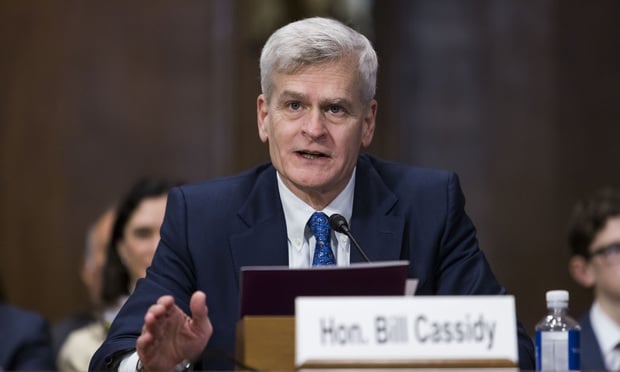UBS's trust company subsidiary is upping its ante in the collective investment trust market with three new passively managed target date funds.
It is the latest such rollout of CITs, the mutual-fund-like investment products managed by bank trust companies and regulated by the Office of Comptroller and Currency or state bank regulators.
Because CITs are only available to defined contribution and benefit markets, they bear less disclosure, marketing and compliance costs, compared to mutual funds that are regulated by the SEC and available for retail distribution. That translates to competitive expense ratios for plan participants.
Recommended For You
By some measures, CITs run 25 to 40 basis points cheaper than mutual funds. A Department of Labor fact sheet notes that the average mutual fund costs plan participants four times as much as the average CIT.
Since the Pension Protection Act of 2006, which green-lighted CITs in 401(k) plans, the products have experienced 13 to 18 percent annual growth. About 60 percent of large sponsors now incorporate CITs in investment lineups, according to industry estimates.
While UBS has managed actively managed target date CITs in the past, their latest products are the first in a new passively-managed series.
Robert McGowan, head of intermediary and institutional distribution with UBS Global Asset Management, said he expects the new CITs to have annual operating expenses of around 19 basis points.
For reference, the TDF mutual fund average expense ratio is 98 basis points, said McGowan.
For the time being, those prospective savings will be available to larger plans. McGowan anticipates UBS will accept a minimum of $100 million in assets across the series new CITs.
"Clearly, cost is a focus for plan sponsors, so the efficiency and low cost of CITs is certainly attractive to plan sponsors," he said.
"As sponsors look more and more for independent, low cost, high quality QDIA solutions, we anticipate a successful launch and strong growth of the Morningstar Lifetime index funds," he added.
In 2012, a consortium of CIT providers created the Coalition of Collective Investment Trusts, largely in an effort to address what proponents of CITs say are misconceptions over CITs' opaqueness and liquidity issues.
A list of 40 CIT provider members includes Fidelity, Schwab, Vanguard, T. Rowe Price and Ameriprise (UBS was not listed as a member on the coalition's website).
There seems little to suggest the era of excessive-fee claims—to say nothing of the DOL's intent to make all advisors to 401(k) plans fiduciaries—won't continue to pique both sponsors' and advisors' interest in CITs.
In an email statement, a spokesperson with Morningstar said the firm expects the CIT marketplace to continue to grow as sponsors, and now participants, become more focused on fees.
But at least one plaintiffs advocate cautions sponsors that in leveraging the cost advantages of CITs, they still bear fiduciary obligations.
Jerry Schlichter, founding partner at Schlichter, Bogard and Denton, has negotiated non-monetary settlement agreements directing sponsors to consider the implementation of CITs in designing plan menus.
"It's impossible to have a one-size-fits-all scenario for every plan," said Schlichter, who said he expects CITs will have an increasing role in excessive-fee claim settlements going forward.
"A plan fiduciary is held to the standard of a prudent investor with any product," he said.
"Fees have to be assessed, and so does historical performance. For CITs it's a similar calculus as with mutual funds," he added.
While CITs don't assure a liability-fee choice for sponsors, Schlichter and others seem to think they are becoming a necessary consideration, at least for large plans.
"They are definitely an option a prudent fiduciary should consider as fees have become a more important part of the conversation," Schlichter said.
© Touchpoint Markets, All Rights Reserved. Request academic re-use from www.copyright.com. All other uses, submit a request to [email protected]. For more inforrmation visit Asset & Logo Licensing.







